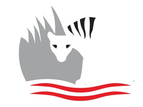Getting thereWell we are getting to be quite intrepid with our land based exploration since we have been in Columbia. We heard about this trip from fellow cruisers and it just sounded too good to miss. It was getting close to Christmas though and flights and accommodation were tight, but we managed to fit it in. I have to say it was the highlight of our time in Columbia. Columbia has a small slice of the Amazon river to call its own, bordering Brazil on its east and Peru on its west. Our journey will take us by plane via Bogota to the riverside hub town of Leticia before travelling by boat upstream to the small village of Puerto Nariño and then finally taking an even smaller boat further upstream to our beautiful rainforest hotel, Eware Refugio, hosted by Carlos and Zoraida. We are up at 4am to grab a taxi to the Santa Marta airport. After recent reports of nightmarish travel experiences in Australia, with long queues at security and cancellations and angry travellers etc we were delighted to find our flights were on time, planes were modern and clean and despite being so close to Christmas and very busy, everything seemed so much more civilised, passengers calm and well behaved, compared to internal flights in Australia. Our first (aerial) glimpses of the Amazon jungle was impressive, its thick and green as far as the eye can see. Its a very quick taxi ride to our B&B in downtown Leticia, which is a substantial and busy town, although it’s a bit grotty. We arrived here too late to get the last boat up river so we need to stopover for the night. We go in search of the ticket office for tomorrow’s boat trip and we are told we need to be back to check in at 6:15am tomorrow, although the boat doesn’t leave until 7am... Hmmm I wonder why? That afternoon we waited out some heavy rain in our room, I guess we shouldn’t be surprised given that we are on the edge of the Amazon rainforest. The rooves have no gutters, they would probably fall off with the weight of water. Once the rain stopped we started walking towards the Brazilian border as there is a viewing tower nearby, but as we got closer and closer, the streets got dodgier and dodgier. It was also getting darker and darker, then suddenly the heavens opened again. We waited under an awning for a bit and when it got a little lighter, ran to the next awning and hopped from shelter to shelter back towards the hotel. Getting soaked couldn’t be avoided though as the streets quickly turned to muddy rivers and pavements suddenly disappeared under torrents of water. Eventually it slowed to a drizzle and we managed to find a chicken shop for some dinner. We heard that gumboots were “de rigeur” in these parts, well I can now see why. After a quick breakfast we did in fact make it to the ticket office about 6:20 and lucky we did not push it until later as we had to follow the gumboot-clad lady with the clipboard and head down to the muddy river, trek across a dodgy wooden bridge to a small island, then traipse along a muddy and water logged pathway, through a small village to get to the Amazon side of this island. Then it was down another muddy slope and across a precarious gangplank to the floating ferry dock. No OHS here! And just like that, we are standing on a floating dock on the edge of The mighty Amazon! Wow. We are some 2000kms from the mouth of the river in Brazil but it is still about a kilometre wide here and flowing at about 2-3kts. Boarding was very orderly and once we were all on board a game of bingo was announced. If your seat number was drawn they refund your ticket! Once we got under way it was raining so the opaque, red side covers had to come down and it was like being in a darkroom. Didn’t see much as a result but we made quite a few stops along the way, some of which were just nosing the boat into a mud bank so someone could jump off the front. We also seemed to give a fuel container to another boat that pulled alongside. The journey took about 2.5 hours with all of the stops and we are going against the flow of the river so it will be quicker on the way back. We arrived at Puerto Nariño about 10am and as there was no one from the hotel waiting for us, Keith negotiated with a local boat to take us to our Refugio, which was about 10 mins further up a side stream. Chris and Laura (SV Zephyr, also in Santa Marta) are already here and have done a few local tours. Laura and I were sitting on the seat by the river and a guy (Luis) came up in a boat with some plants in boxes. Laura got chatting to him in Spanish and I picked up a few words, including manatee. Turns out he is caring for an orphaned manatee (named Moache) in the pond at the back of the Refugio. Moache (means “thank you” in the local language of Tikuna). We watch as Luis gets around the pond in a small dugout and places the plants in floating moats. These are the manatee’s favourite food. He also cleans out some of the weed that Moache doesn’t eat. Moache will be released back into the wild in April. He is pretty big already, weighing in at 200lbs! Luis tickles him under the chin from the shore, wow that is a face only a mother could love (I mean Moache’s, not Luis’!) Luis does get some payment for his work but puts in his time to caring for Moache because he loves doing it. Chris had been bitten by a dog in Puerto Nariño a few days earlier and had to get a series of Rabies shots so needs to go into town in the afternoon. As he does not seem to be foaming at the mouth yet we decide to join them. Puerto Nariño is a reasonable sized town and has some pretty solid stamped concrete paths (follow the red-bricked road) that left us wondering where they got the money! Surely not the Chinese! There are no cars or vehicles here at all, as there are no roads into the town. Everything must come by boat! Tourism is very big business here and very well done. All the guides are qualified and accredited, although few speak English. There are some huge statues of native animals around the streets and also plenty of Christmas decorations, both in the streets and on people’s houses. Apparently there is a competition for the best decorated house and we learn later that the first prize is a (live???) cow! We climb the steps of the “mirador” (viewing tower) which gives an incredible panoramic view over the treetops and along the mighty Amazon river. The clouds over Peru are incredible, long dark roll clouds like you might see over the ocean. Looks like we could be in for more rain! Our BnB hosts are in town doing shopping and we meet them for a lift back to the hotel. As we were heading down to the boat we saw some of the famous pink river dolphins of the Amazon. They are quite a different shape to regular river dolphins, with a longer dorsal fin and a distinct pink underbelly which you can catch a glimpse of as they come out of the water. Very special! We have organised a few tours during our time here and we are looking forward to exploring this unique place. We are woken very early the next morning with lots of people leaving today - they were up thumping about and talking at the top of their voices. We did get back to sleep after they left though! We had a slow morning pottering around the grounds of our Refugio. The gardens are lovely and lots of native birds, plants and flowers to see. One type of bird, the crested oropendola, builds an elaborate hanging nest, over a meter long, weaving it together with twigs. It must take the weight of their eggs and chicks and be placed out of the reach of tree dwelling animals such as monkeys. There is also a mirador here which gives us a great view into the tree tops and along the river. We drop by to see Moache who comes up to the bank thinking he might be getting fed. He really is quite a big fella! Having been assigned a set of gumboots for the duration of our visit here, we are now well prepared for exploring! Mid-morning we walk the 45 mins into Puerto Nariño through the jungle, passing some long trails of busy, leaf cutter ants. The smell of the rainforest is really unique. The Christmas decorations are continuing to be built and some are getting very elaborate. We find a local restaurant, have catfish for lunch and sit by the river for a while. Our guide Danny, and translator, Damien meet us at 2pm and take us by boat up to Lago Tarapoto. Spotted some pink dolphins on the way but they are very shy of the boats. I take a quick swim in the lake and the water is lovely. Further on we visit a local village and stop for a beer and a chat to the locals. Heading back along the river bank we stop to see a big tree with amazing root structure, a bit like the ones in Indian river in Dominica. The boys are full of tall tales about huge Anacondas which appear in the river when the level rises. Finally we stop and fish for piraña. Our fishing rods are pretty basic, a stick with a line tied to it, and a hook with a little meat. I can feel them nibbling but nothing bites. Danny catches a small one and then Keith does too. Hang on, this is really close to where I swam! The teeth are pretty sharp but their mouths are tiny and the boys try to convince me that they are scared of swimmers… On the way back we see the most amazing rainbow, almost a triple with another one above it. Sunset is beautiful although not as colourful as over the sea. Next morning we awake to the sound of the birdsong which was lovely, although they are pretty noisy - the roosters can’t compete with the native birds. We meet Damien and Danny again and they take us across the Amazon river to Peru. A short, stocky Peruvian Indian man with a big machete meets us on the muddy shore. We nose the boat in, jump out and scramble up the muddy bank. I am beginning to like these gumboots! We had to write our names in a book but no stamps in the passport, only photos standing by the Peruvian flagpole. Our local Peruvian guide Wilmer took us traipsing through the mud and jungle to look for sloths. In Spanish they are called “lazy bears” (osos perezosos) or “the lazies” for short. Found a few that were too high to see well but eventually found some low ones. They are sleeping of course, like Koala’s they do that for most of the day. Damien woke a couple of them up with the tickle of a stick and we so we could say “hola” get some photos. They were not impressed! Stopped by a small lake with giant lily pads but these are not floating due to low water levels which the locals are not happy about. There hasn’t been as much rain as usual, which means they are not able to get the fish they would normally eat. We enjoyed lunch at a local village, a lovely meal of catfish. Saw a toucan in a tree but he took off before we could get a closer look. On the way back to the boat we stopped by the river’s edge to see where the bank had collapsed very recently. Apparently one house was very close to the edge here and so they have now moved further inland. The river's borders are constantly changing with islands forming and disappearing as well. The family here have a pet capybara and it is munching on some grass nearby the “dock” when we get back, it’s the first time I have ever seen one. It’s almost the end of the dry season now, but even so the river is lower than it should be. It will rise some 8-10m through the wet season before it starts to fall again. All of the low, dry season docks will be underwater or will get washed away and need to be rebuilt when the water recedes again. They are generally fairly flimsy, well just strong enough to make it through the dry season. The high docks are visible in places like Puerto Nariño and are much more substantial and permanent structures, built to withstand the rains. With no roads into the town the river is the lifeline and transport continues throughout the year. There are a few floating houses as well, which do look a little flimsy, but they must survive the rising waters. As the river falls again this is also a challenging time, as they may come to settle on some large tree and end up with a sloping floor! Our Refugio is a lovely, peaceful place and after an exciting morning we take some time to chill out by the pool, and spent the rest of the afternoon relaxing in hammocks and watching the sunset. Our final tour before heading back to Santa Marta begins at 8am the next day, with Alvino, who is Danny (our previous guide’s) father. We picked up Damien our translator on the way. It took about 45mins down river to get to Mocagua where we met our local guide. He led us through the village and thick forest, pointing out different plants and trees along the way, to the monkey sanctuary. We pass by a lady doing the laundry in a local stream which makes me thankful for the Bosch front-loader. At the monkey sanctuary we meet an American volunteer who gave us a run down on the place. There are no cages and animals are free to come and go as they please. Food is available for them throughout the day and although the animals do interact with visitors, the park are very insistent they don’t want people posting selfies with monkeys on their heads etc. They basically take in animals that have been kept as pets or orphaned etc and take care of them before releasing them. There are several different kinds of monkeys as well as black tamarins. Animals are released when they reach maturity by taking them to an area known to have tribes of the same species. It’s easier for a new female to be accepted than a male as the males have to compete with the other males and find their place in the hierarchy. We watch the monkeys playing around and I have one jump on me unexpectedly and yelp! Later another climbs onto me but I stay calm and it nicks the top off the insect repellent spray. Cheeky bugger. We could watch them for hours and I take lots of photos. We walk back to the village, have a lovely fish lunch before the long boat trip back to our Refugio. It has been an amazing and very interesting time here, seeing so such a vastly different environment to anything else we have seen in the Caribbean. The Amazon River is the life-blood of the communities here, a very unique and special place which we have been very fortunate to visit. We are looking forward to coming home to ITIKI though. It’s Christmas eve tomorrow and the hotel will be closing. There is only one other set of guests left here now and as we have an early start and a long day of travel ahead of us, we settle the bill and have an early night. After an early breakfast we are picked up at 6:30am to get the express boat to Leticia. It is a faster trip back as the tide is with us and not quite so many stops. Once we get off the express boat we find another water taxi which bypasses the muddy trek across the island to get us into the port of Leticia. There we run into our host’s son, Carlos Jnr who is in town doing some Christmas shopping - he hails a tuk-tuk for us to get to the airport. As before the process of flying is so smooth and civilised, despite being Christmas eve, full planes and a busy airport. I guess it helps that not everyone has 6 devices to pull out of their bags at security. We get back to the Marina just before 6pm and we have been invited to SV Voodoo for dinner. Its lovely to have such a friendly welcome home.
2 Comments
Sarah Dunne
20/3/2023 04:48:23 pm
Amazing - somehow I don't think a visit to Taronga will cut it for you guys in the future!
Reply
Ronny
4/9/2023 05:06:16 am
Do you have the contact details of eware refugio or of carlos and zoraida?
Reply
Leave a Reply. |
AuthorAfter more than 5 years of (minus time off for Covid) and more than 27,000nm Lynda has finally got the hang of this cruising life Archives
June 2024
Categories |
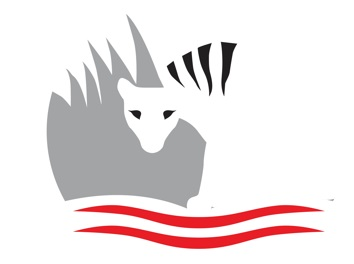
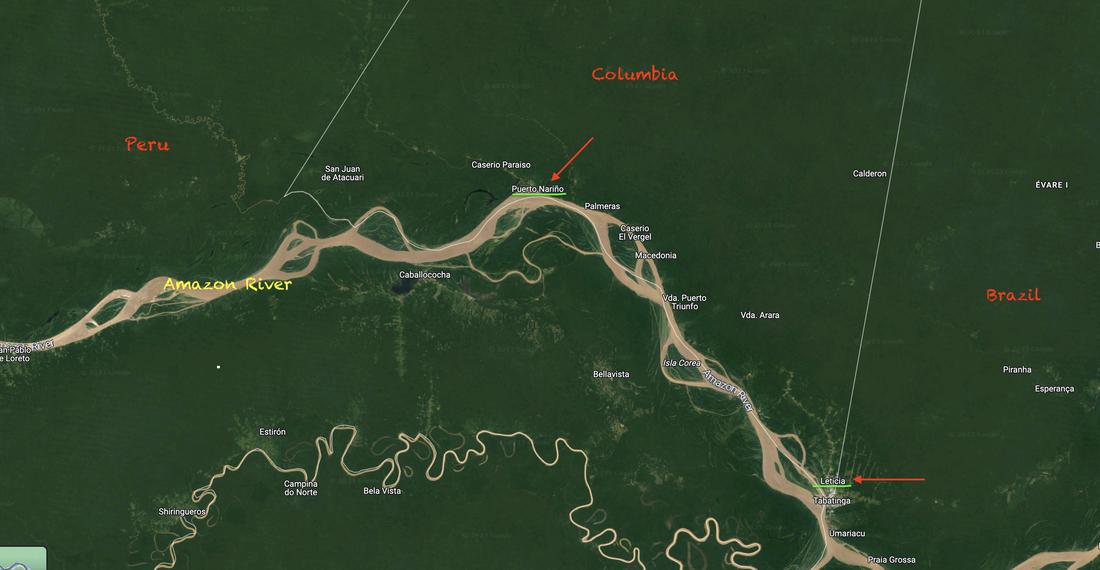
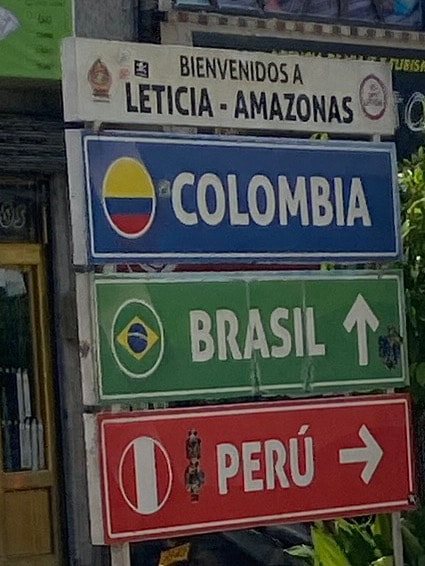
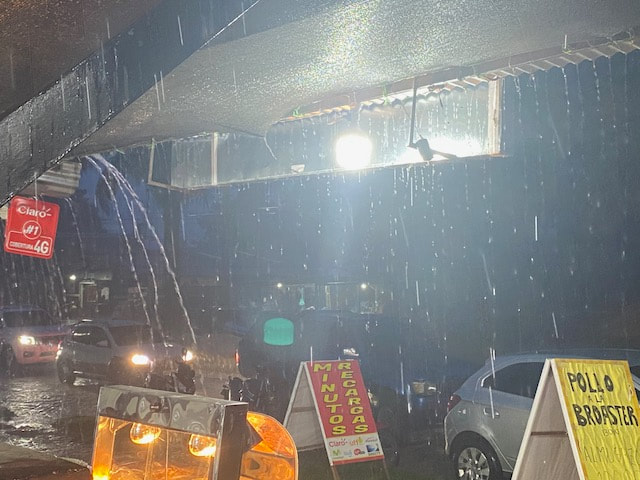
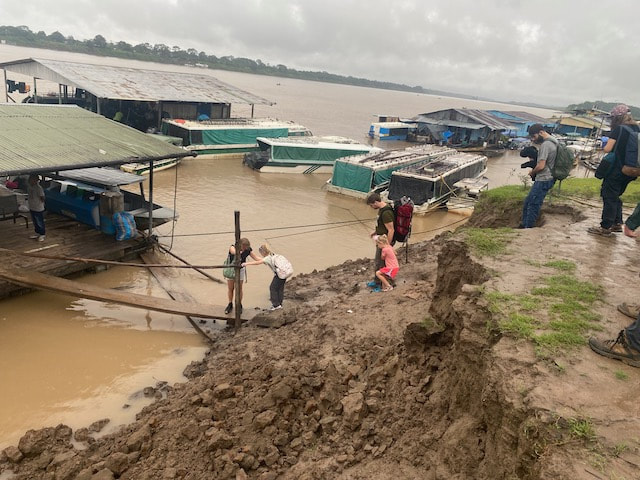
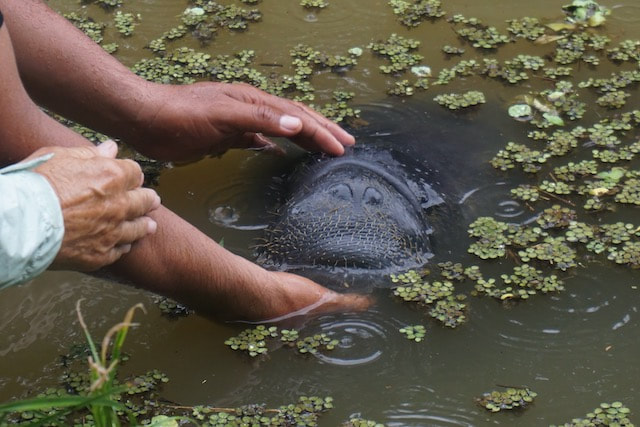

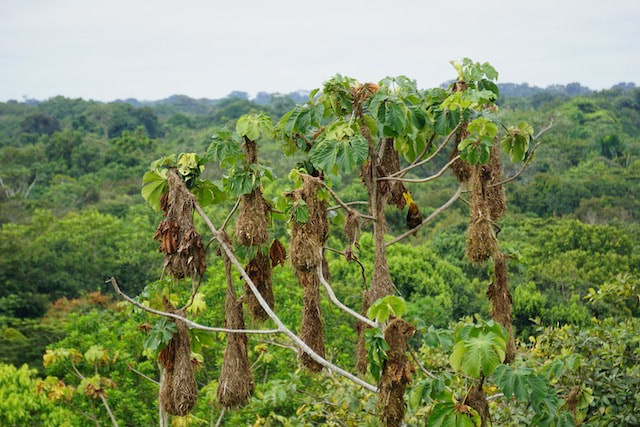
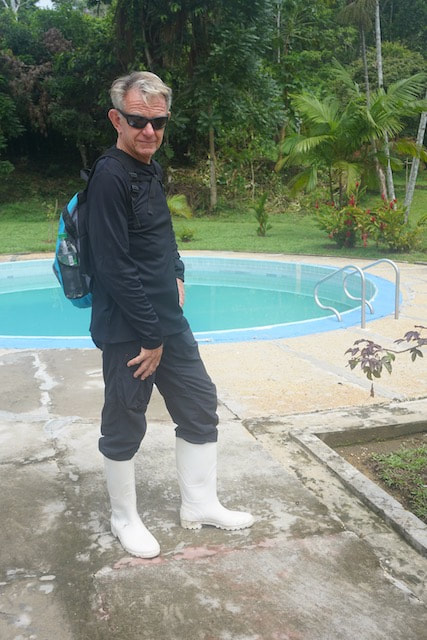
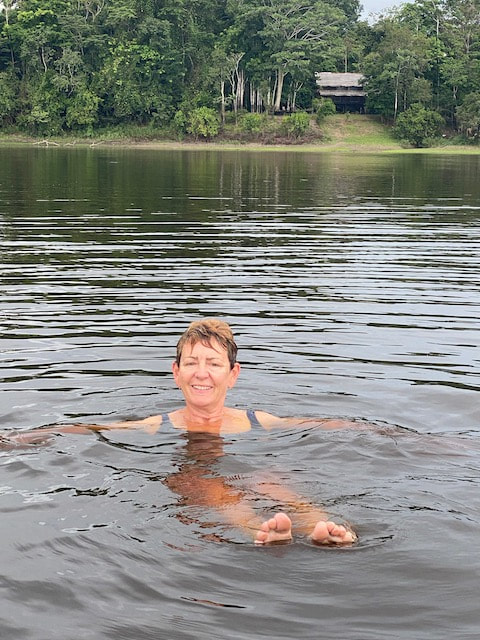
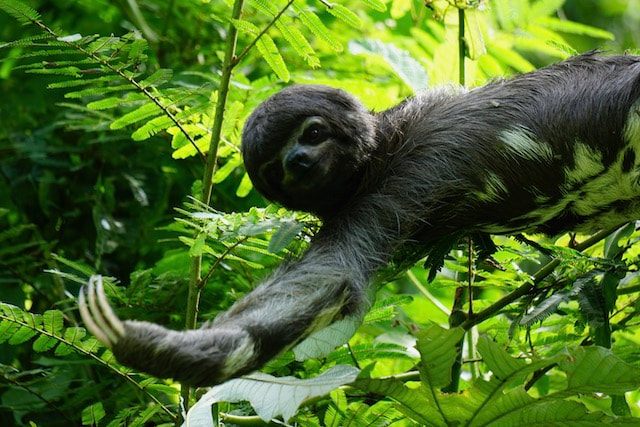
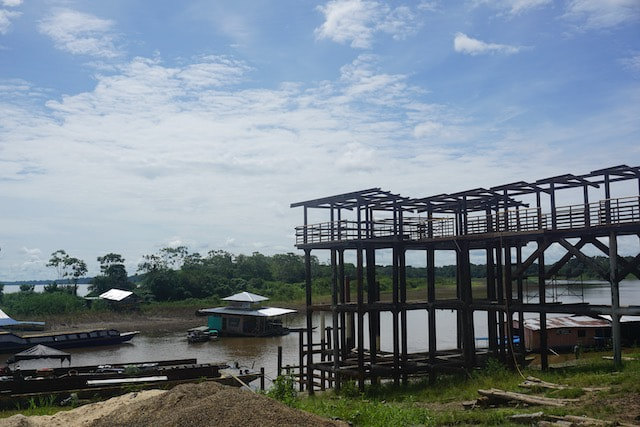
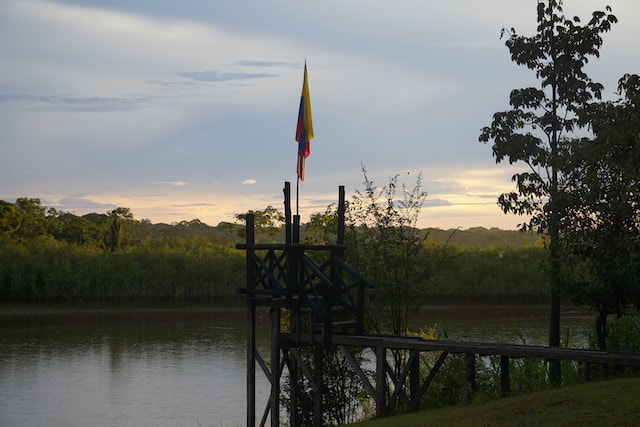
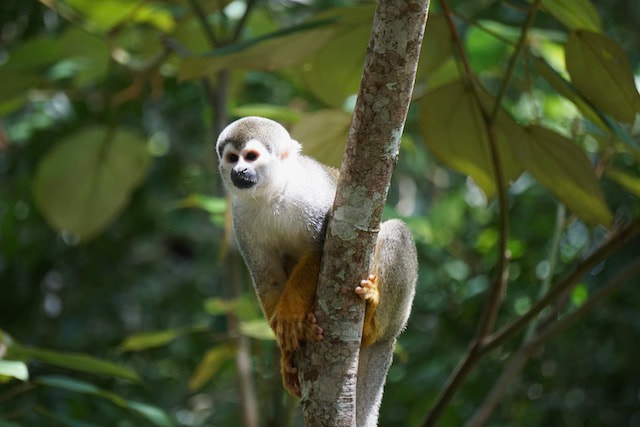

 RSS Feed
RSS Feed
